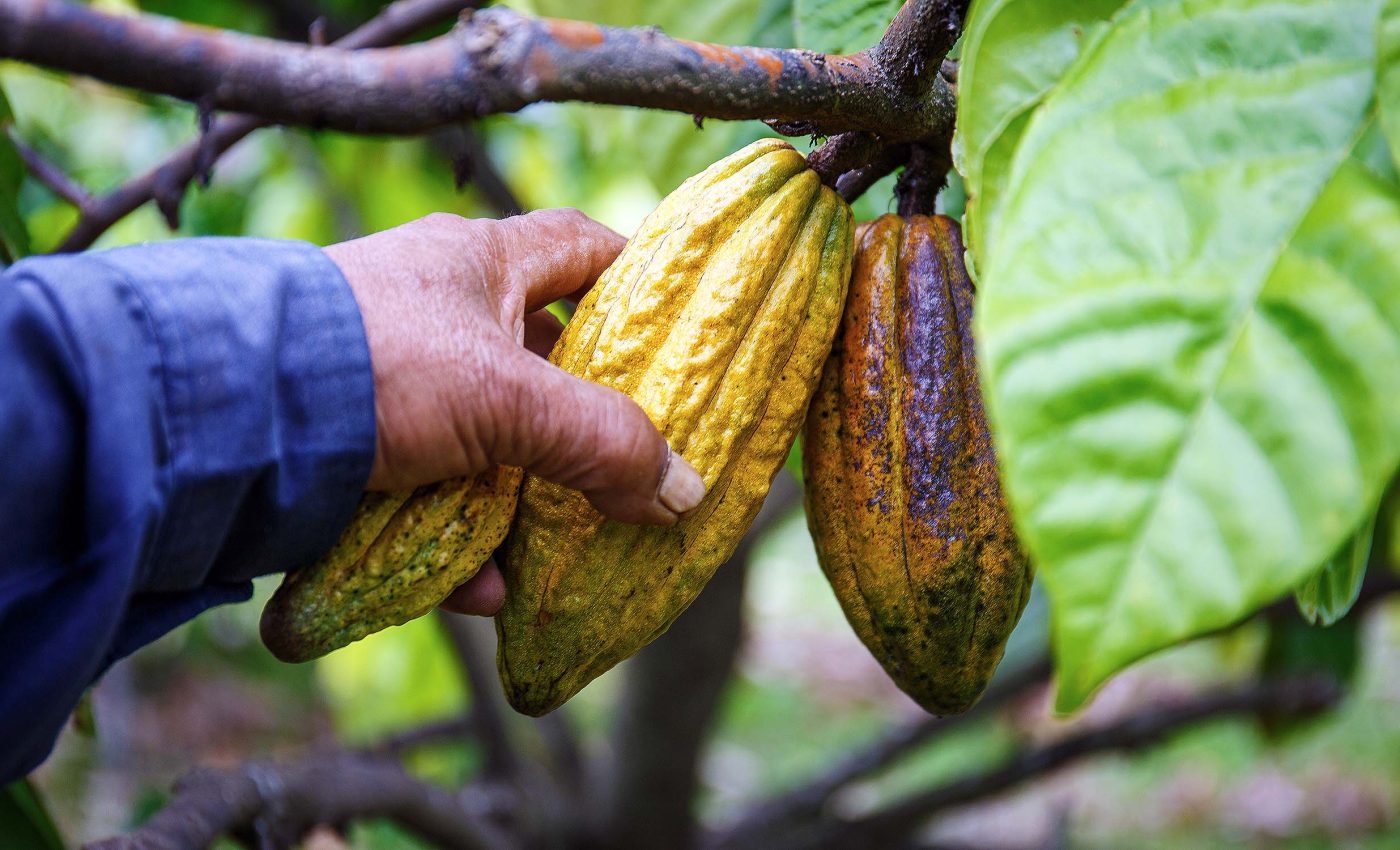
Study says it's already too late to save the luxury crops that make coffee, chocolate, and wine
Coffee, chocolate, and wine – three luxury crops that millions rely on daily – are increasingly at risk from climate change. From smallholder farms in Ghana to vineyards in France, rising temperatures and shifting rainfall patterns threaten both harvests and livelihoods.
Even with new ideas to cool the planet, scientists warn that these crops may not be saved. A new study reports that a proposed cooling method did not reliably protect them, with only six of eighteen major regions showing improvement.
A Colorado State University (CSU) team tested key areas in Western Europe, northern South America, and West Africa between 2036 and 2045, using large climate models and crop suitability metrics.
Understanding luxury crops
Plants grown primarily for their high market value rather than for basic human needs are called “luxury crops.” They include things like coffee, cocoa, tea, vanilla, saffron, and truffles.
Farmers cultivate these crops because people around the world are willing to pay premium prices for their unique flavors, aromas, or rarity.
For example, saffron costs thousands of dollars per kilogram because each thread must be handpicked from a flower.
These crops often require specific growing conditions – like altitude, temperature, or soil type – which limits where they can thrive. That scarcity is part of what makes them “luxury” in the first place.
Climate change is threatening the future of luxury crops by disrupting the delicate environmental conditions they need to thrive.
Crops like coffee, cocoa, and tea depend on very specific temperature ranges, rainfall patterns, and soil qualities. As global temperatures rise, these conditions are shifting or disappearing altogether.
Cooling isn’t a perfect crop fix
This new luxury crop study, led by Ariel L. Morrison, Ph.D., at CSU, centers on climate variability and its risks for agriculture.
The CSU team tested a proposed method called stratospheric aerosol injection (SAI). It involves spreading reflective particles high in the atmosphere to lower surface temperatures. The strategy has also been evaluated in a National Academies report.
Rain and humidity shift with warming in complicated ways that can undermine farm stability, a pattern assessed in an IPCC chapter study. Temperatures may fall under solar cooling, yet water risks can still swing wildly across seasons and regions.
Cooling the Sun’s energy does not steer storms or guarantee gentle rains. Researchers caution that solar cooling redistributes heat and moisture rather than targeting specific farm needs, and that mismatch matters to growers and buyers alike.
Future luxury crop climates
Researchers used climate simulations for 18 top producing regions and judged annual suitability with agroclimatic indices, simple metrics that track temperature, rainfall, and disease pressure. They compared two cooling targets to a future without intervention.
An ensemble – a group of many model runs meant to capture natural ups and downs – showed wide spreads in outcomes.
Across the board, only six of the eighteen places got more consistently suitable years under cooling, while the rest saw little change or mixed results.
Lower temperatures helped reduce heat stress in some vineyards. Yet vineyards also need a defined winter rest, so too much warmth can increase early budbreak and raise frost risk.
A viticulture review notes that warmer springs lead to earlier budbreak, increasing exposure to damaging frosts. That dynamic explains why a warmer world can still suffer costly spring cold snaps.
When cooling meets crop disease
The team found that rainfall and humidity often undercut the benefits of cooling. In the cacao belt, wetter weeks can fuel fungal outbreaks that spoil pods.
A cocoa pathology analysis links black pod disease to weather factors including rainfall and humidity. The finding aligns with the model signal that disease risk can tip a luxury crop season from viable to lost for growers.
Coffee showed mixed responses because a single cold night can stunt cherries, while prolonged dry periods hurt flowering and fill.
Some parts of eastern Brazil gained water reliability in some runs, then lost it in others, and that volatility undermines planning and investment.
“Reducing temperature with SAI alone isn’t enough. For instance, cacao species, while more tolerant of hot temperatures than coffee and grapes, are highly susceptible to pests and diseases caused by a combination of high temperatures, rainfall, and humidity,” said Dr. Morrison.
Cooling can’t calm the chaos
Natural climate variability (NCV), normal swings from year to year, makes results sensitive to chance, even when average conditions look acceptable. A run of wet weeks or a surprise frost can override the benefits of cooler averages.
Here is the hard takeaway. Solar cooling can lower heat extremes, but it does not guarantee better harvests for these luxury crops, and it is not a simple yes or no.
“SAI climate intervention may offer temporary relief from rising temperatures in some regions, but it is not a guaranteed fix for the challenges facing luxury crop farming,” said Dr. Morrison.
“Adaptation strategies tailored to local conditions, investment in resilient agricultural practices, and global cooperation are essential to saving these crops and the communities that depend on them.”
Adapting before it’s too late
Adaptation options vary by crop and place. Growers can shift varieties, change canopy management, improve drainage, adjust harvest timing, or invest in shade and wind protection.
Some risks are easier to manage than others. Irrigation can relieve a dry spell where water is available, and on-farm water storage helps, while few tools can prevent a week of soaking rains that drive disease.
In short, climate change isn’t just changing the weather – it’s rewriting the geography and ultimate survival of luxury crops and agriculture around the world.
The study is published in Environmental Research Letters.
—–
Like what you read? Subscribe to our newsletter for engaging articles, exclusive content, and the latest updates.
Check us out on EarthSnap, a free app brought to you by Eric Ralls and Earth.com.
—–













